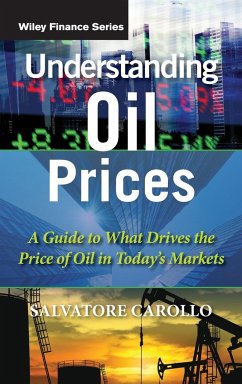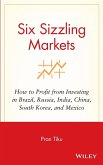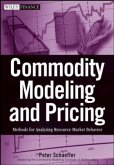Oil prices have seen massive fluctuation over the past 10 years, with price per barrel growing from $9 to $140. More recently, we have seen fluctuation from $140 to $37/barrel, and back up to $120 - all in a matter of months. But why? It is still a popular belief that OPEC can affect the price of oil by regulating the volume of production and using this key raw material for their political aims, but the reality is quite different. In the last decade, despite a constant potential surplus of crude in the markets, we have seen the prices fluctuating dramatically with no apparent logic.
Starting from the Chernobyl accident and the Clean Air Act implementation in the US, structural changes within the oil industry have modified the dynamics of oil prices. The existing technological refining system is no longer adequate to transform, with the necessary continuity, the crude oils into the high-quality finished products demanded by the market. Furthermore, from the beginning of the year 2000, the oil futures market detached itself almost completely from its original nature (the barrel of oil), becoming a purely financial market, but still able to heavily affect the real oil prices. More sophisticated models are needed to understand this new scenario.
This book thoroughly demystifies the oil market, showing readers what really moves the price of oil today. It provides a comprehensive analysis of the industry fundamentals and the role of financial speculation, illustrating the complexity of the relationship of three different markets that regulate the oil sector: the crude oil market (raw material), the finished products market (gasoline, diesel, jet fuel, fuel oil, chemical feedstocks, lubricants), and the financial market (futures). It will provide an excellent grounding in the topic for anyone involved or interested in the oil markets, including financial analysts, traders, investors and energy market participants.
Starting from the Chernobyl accident and the Clean Air Act implementation in the US, structural changes within the oil industry have modified the dynamics of oil prices. The existing technological refining system is no longer adequate to transform, with the necessary continuity, the crude oils into the high-quality finished products demanded by the market. Furthermore, from the beginning of the year 2000, the oil futures market detached itself almost completely from its original nature (the barrel of oil), becoming a purely financial market, but still able to heavily affect the real oil prices. More sophisticated models are needed to understand this new scenario.
This book thoroughly demystifies the oil market, showing readers what really moves the price of oil today. It provides a comprehensive analysis of the industry fundamentals and the role of financial speculation, illustrating the complexity of the relationship of three different markets that regulate the oil sector: the crude oil market (raw material), the finished products market (gasoline, diesel, jet fuel, fuel oil, chemical feedstocks, lubricants), and the financial market (futures). It will provide an excellent grounding in the topic for anyone involved or interested in the oil markets, including financial analysts, traders, investors and energy market participants.








